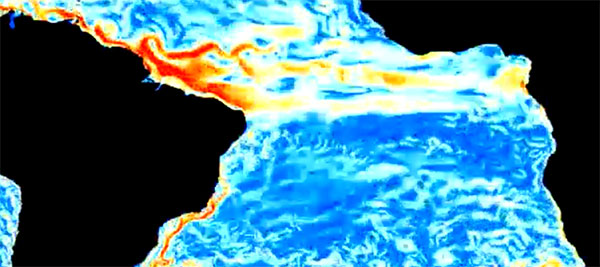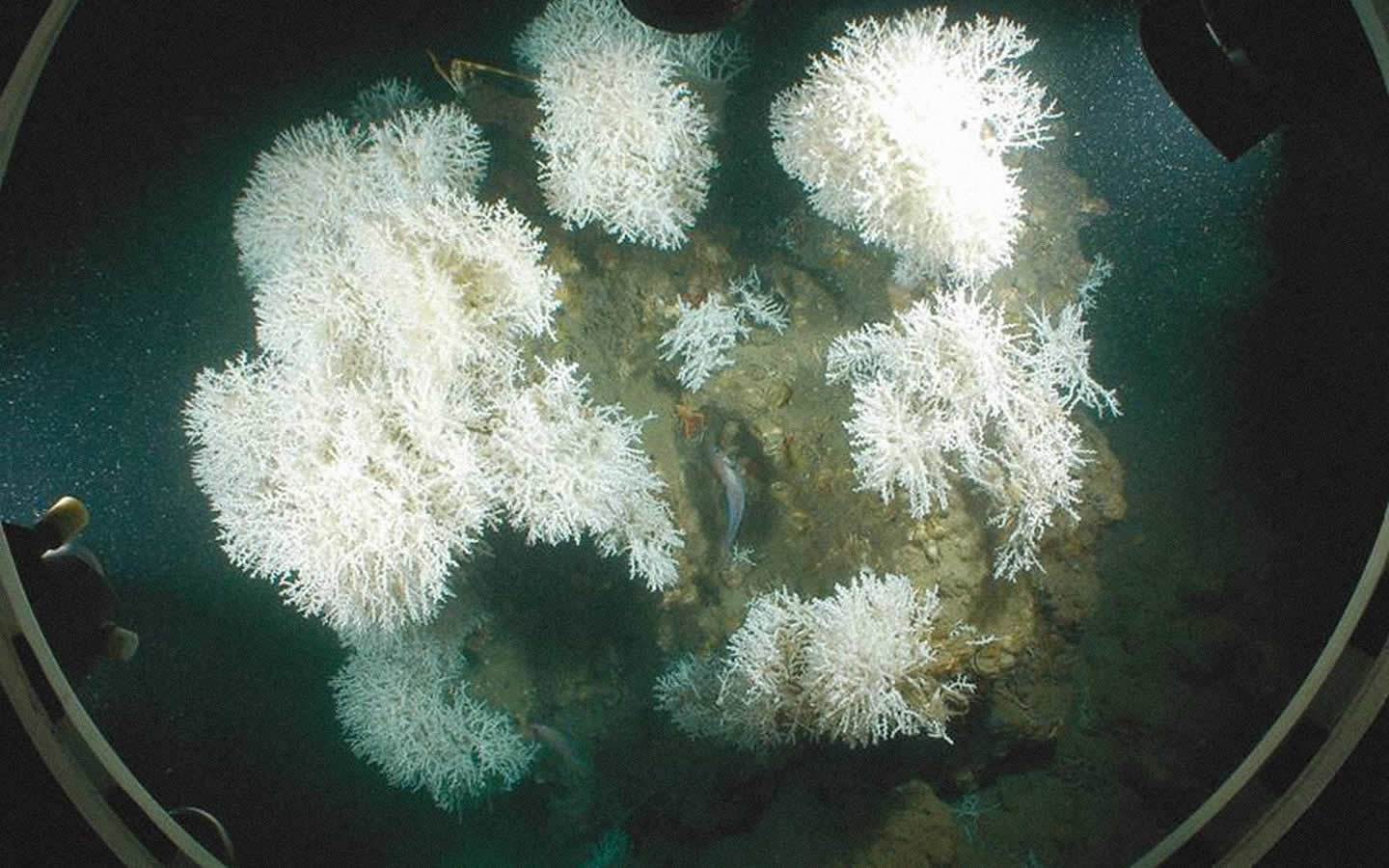
Ocean – Climate Buffer
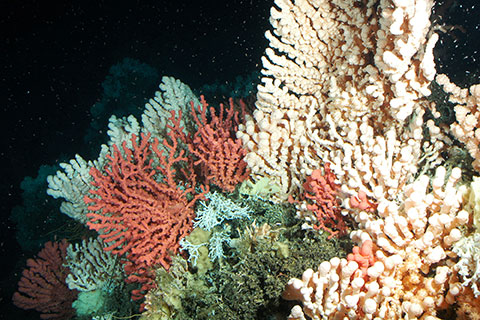
The Ocean absorbs approximately one quarter of anthropogenic carbon dioxide emissions. If it were not for this natural reduction, larger amounts of greenhouse gasses would remain in the atmosphere and our planet would heat up faster than it does today.
The drawback: In the sea, the carbon dioxide reacts with sea water to form carbonic acid. The pH value of the water decreases and acidifies. A further effect is that the concentration of carbonate ions is reduced. Yet these are essential for the growth of calcifying organisms such as plankton or corals.
High in Acid, Low in Calcium
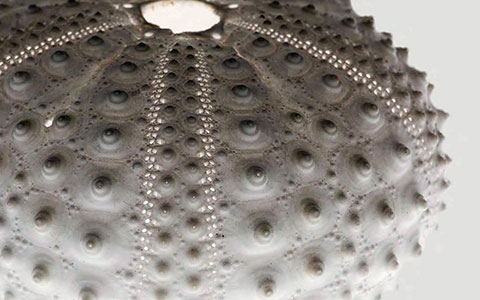

Laboratory studies by Kiel marine scientists have shown that single cell coralline algae, called Coccolithophorides, produce less calcium in acidic water and therefore remain lighter. Under extreme conditions, the small Calcidiscus letoporus type calcium platelets dissolve. The species of Emiliania huxleyi also store considerably less calcium in acidic water. However, over generations, a resistant genotype can be established and new mutations formed. In this way the algae can partly compensate for the negative effects of acidification.
You see calcium algae with a healthy and, due to acidification, with a deformed calcium structure.
The impact of climate change on the ocean floor
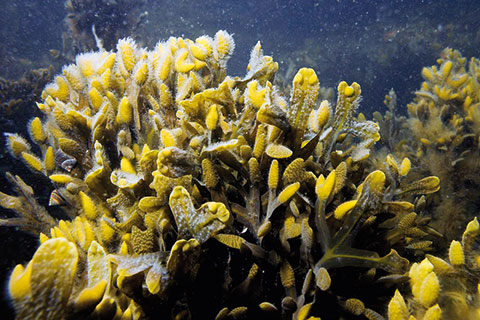
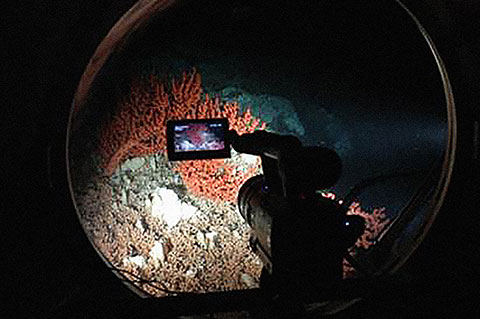
Due to climate change, the temperature in the ocean rises, the pH decreases, the ocean becomes more acidic. This in turn impairs the calcification of organisms and slows the growth of many tropical corals.
But is this also true for cold-water corals in the dark depths of the ocean? In a laboratory setting, the species Lophelia pertusa was able to withstand increasing acidification as long as there was sufficient food available. The impact of higher water temperatures and more acidic water on the stone coral was examined by marine biologists from Kiel.
In order to investigate the applicability of their laboratory results to natural conditions, oriented scientists from GEOMAR established a long-term observatory in July 2013 in the same Norwegian fjord from which the samples come for the laboratory tests. Another aim of the study is to explore the interaction between living creatures.
Ecosystem in a test tube


Mesocosms are a miniature representation of the complex marine ecosystem. In what looks like oversized test tubes, researchers observe the changes of entire communities due to acidification of the oceans. Research using the Kiel KOSMOS mesocosms showed that the smallest plankton organisms benefit from acidification. Their increased productivity could turn the entire food web upside down. In addition, less carbon migrates into the deep ocean, and the production of climate- cooling gas dimethyl sulfide decreases.
The fact that observations from the laboratory are at times difficult to apply to natural communities was shown by a mesocosm study in Norway: While the calcareous Emiliania huxleyi showed only marginal losses in growth rate in acidic water in laboratory experiments, it was unable to prevail in its natural habitat under comparable conditions if it is in competition with other algae and exposed to predation or viruses.
